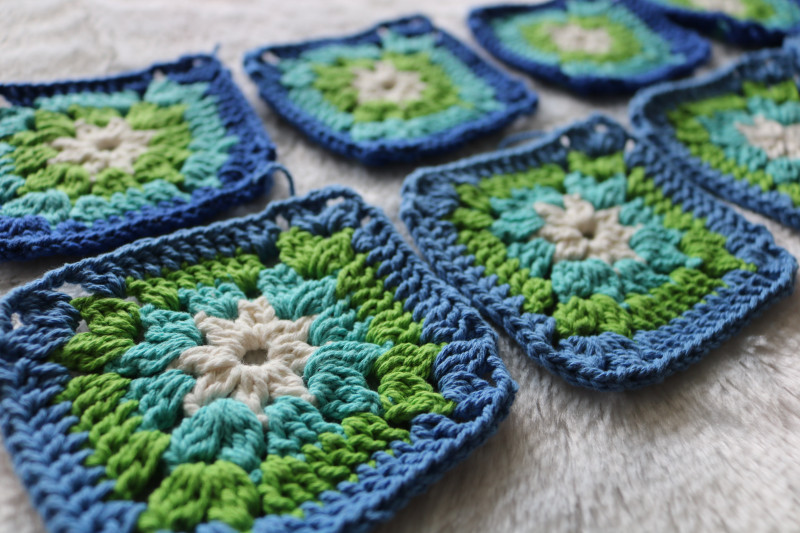Zibiah Loakthar, our Cuimhne Coordinator writes:
Preparing for celebrations such as birthdays and other festivities that people may choose to celebrate such as St Patrick’s Day or a festival like Easter, can offer us good reasons to host group arts and craft activities. Craft activities can be a brilliant way of bringing different people in a family or a community together in a social fun and purposeful way.
Here are some tips from our Cuimhne team on running a community or a multigenerational family craft activity in a way that is inclusive for people living with dementia:

Think about the best time of day for an activity. People living with dementia often find it easier to focus on activities in the morning. This is a time of day when people are often more likely to be well rested and so find it easier to concentrate.
Choose a space that is not too noisy and distracting. Background music can help generate atmosphere and particular songs and music might be a magic carpet into memories for some people. However, it can be overwhelming to have music playing all the time and choices of music need to be considered carefully in light of the musical preferences of people in the group. Songs such as “Danny Boy” may be comforting and well loved by some, but may irritate others who may have Irish connections and know the music but have different musical tastes!
Ensure the activity takes place in an area that is well lit. Open curtains and blinds and consider additional lamps.Think about how to arrange chairs for instance in a circle to connect everyone into one group.
Think about the best way of arranging people with different skills. Rather than assume that family carers and people living with dementia may like to sit together, discuss with people if they may like to sit next to people they do not ordinarily have chance to sit with.
Introduce diverse craft materials with different textures – for instance silky ribbon, card, wood, twigs, cotton, wool, foil. Tactile activities are great for stimulating the brain.
Increased brain stimulation from tactile activities can open up more communication possibilities. Build into the activity opportunities for people to talk. People concentrating on arts and craft work may find it difficult to hold a conversation at the same time. Consider extending the activity and create possibilities for conversation and reminiscence with a tea break.
Think about how a craft project might be broken into different tasks and how to best assign different tasks to people. Fiddly tasks requiring dexterity and patience such as using a needle and thread or sticking very tiny things on to card need not be assigned to everyone.
Model the activity so that people can then observe and at their own pace join in with you. This may work much better than directing everyone to get started from scratch together. Showing people pictures or examples of what you may be aiming to create as a group may help people to understand better what it is that you may be working on together and may be easier than a lot of verbal description and directions.
Look out for possibilities for people living with dementia to lead on some aspects of the activity. Whilst some people living with dementia may have difficulties remembering words and verbalising instructions, people may still remember very well craft skills such as a crotchet. It may be that with sensitive support a person living with dementia could lead an activity by demonstration. Taking the lead may enable people living with dementia to share their skills and enjoy greater respect within a group. Involving people as skill demonstrators and activity leaders can help challenge dismissive social attitudes to people living with dementia.
Planned activities can have multiple aims! Activities may generate beautiful wall art, creative table decorations, colourful paper chains, fabulous flower arrangements, quirky wooden objects. But of equal and perhaps greater importance is the value of activities in bringing people together to do something creative, fostering social connection belonging and inclusion and creating opportunities for challenge, joy and fun and new shared memories for everyone in the group!